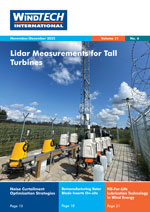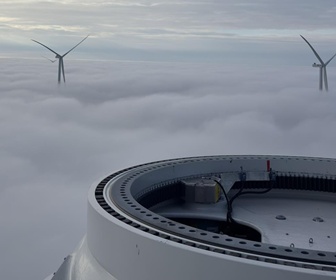CWEA published preliminary data for China, with a staggering 30.5GW installed capacity added in 2015, bringing the total to 145GW by the end of 2015. Investors faced considerable pressure to complete projects in 2015 in order to qualify for the old FITs before the first round of reductions.
Thus, MAKE estimates that 4- 6GW of reported capacity may exist in varying levels of mechanical completeness to be finished at some point in H1 2016. China’s curtailment during the first half of 2015 reached 15.2%, nearing the record of 17.1% set in 2012. This problem will only worsen and MAKE does not believe curtailment will improve over the next three years.










